Our Community An act of Congress was passed in 1882 "To Secure Homesteads to Actual Settlers on the Public Domain" Under Presidents Grover Cleveland and Benjamin Harrison in the 1890's the General Land Office Rerecorded Homestead Certificates to three individuals: Charles W. Talmage, William H. Reynolds and Joseph M. Harrison. Access to the area was around the beach from Garibaldi with low tide access from Rockaway Beach to the mouth of the Nehalem River, now known as Nehalem Bay. Before the jetties were built in the early 1900's there was a wide sandy beach providing access. The building of jetties necessitated the building of roads and, after several unsuccessful attempts, a railroad line in 1907. With the advent of roads and the promise of a railroad, the homesteads previously believed to be worthless, took on new value. There was a flurry of activity, subdividing the coastal area and what is now Rockaway Beach was designated a townsite in 1909. The first passenger train arrived in Rockaway 1911. (Memories of Rockaway By the Sea, Rosemary Walker 1982) | Historical Rockaway Beach | Building a City from Forest and Beach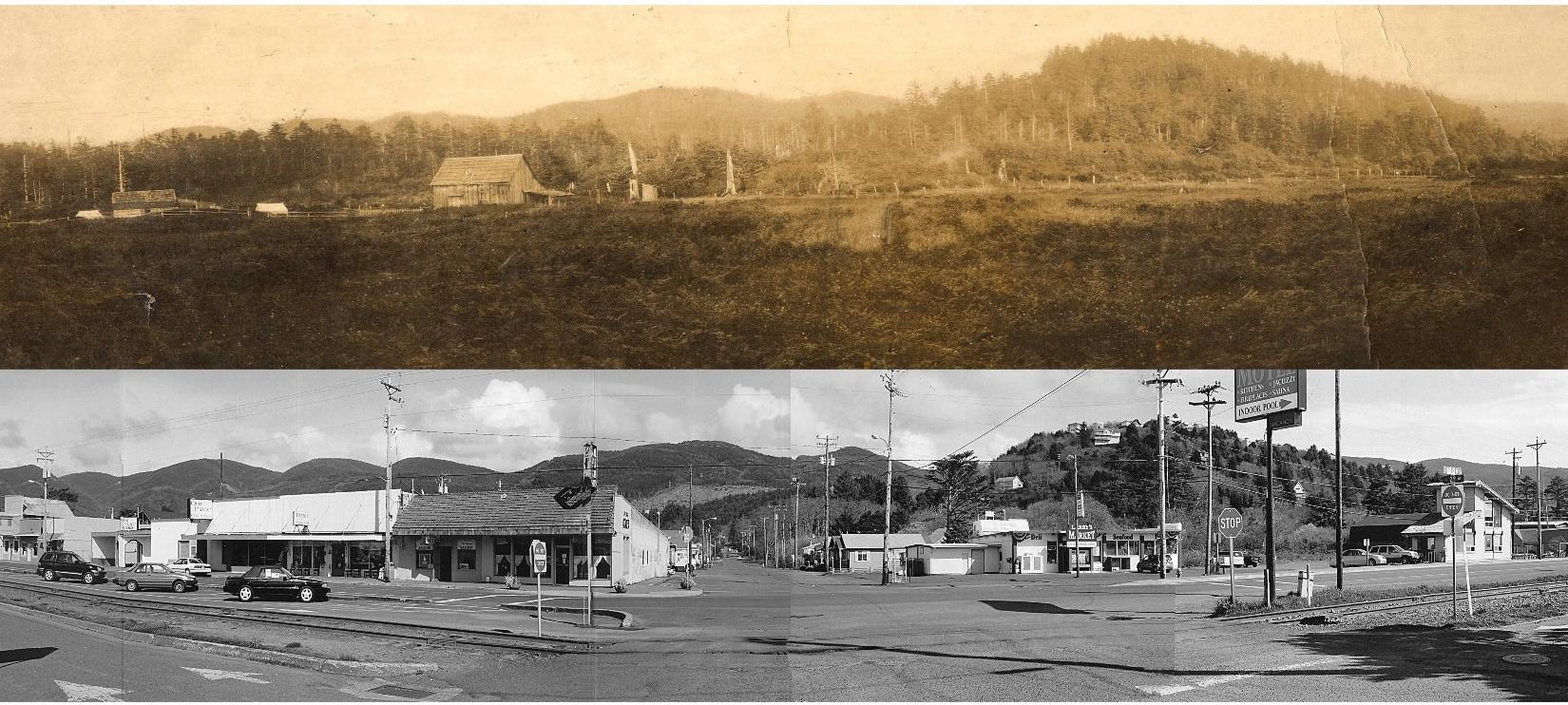 Best Images, Don Best 2009 According to Ms Walker, who served as City Recorder and later wrote "Memories of Rockaway" in 1982, what is now the City of Rockaway Beach was made up of several "Townsites" originally designated in the early 1900's. These included the Manhattan, Highland Park, Moroney Town, Lake Lytle, Beals addition to Lake Lytle, Seaview Park, the original Rockaway Beach Townsite, Elmore Park, Tillamook Beach, Midway Beach and Twin Rocks. Manhattan was the last group incorporated into the City, this occurred in the in the late 1950's. | Matt Maroney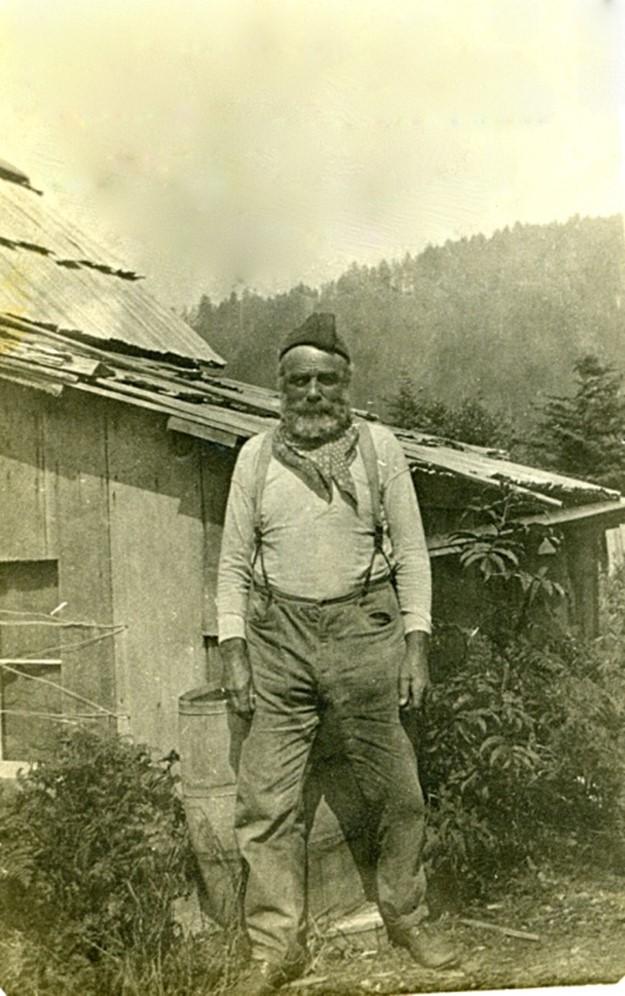 Matt Maroney, early homesteader, founder of "Maroney Township" later incorporated into the City of Rockaway Beach. Early pioneers came to work on the railroad and start a new life in a pristine, developing area. | Ed and Christina Best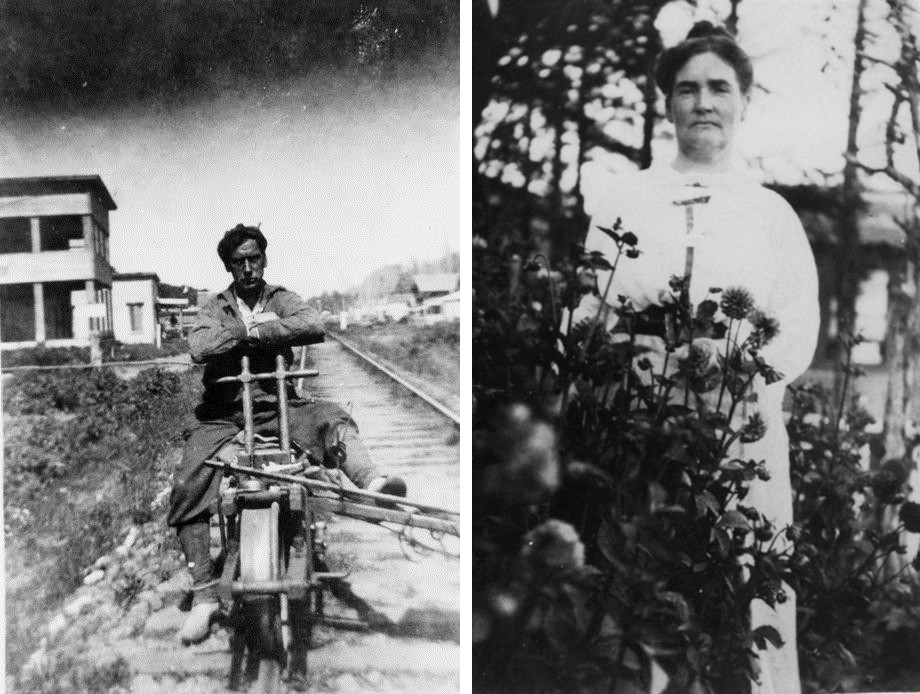 Ed and Christina Best, Early Pioneers, with their homestead cabin in Rockaway Beach, November, 1910. Cows had to come by steamer Sue H. Elmore
. 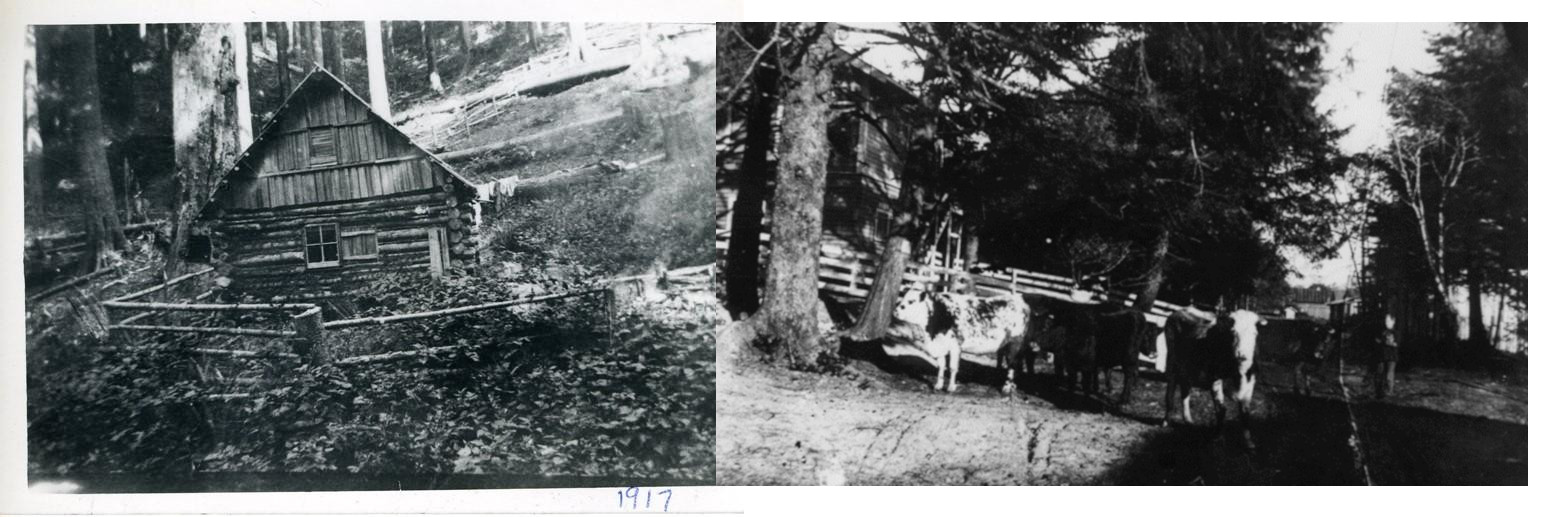  | Jasmann and Schloth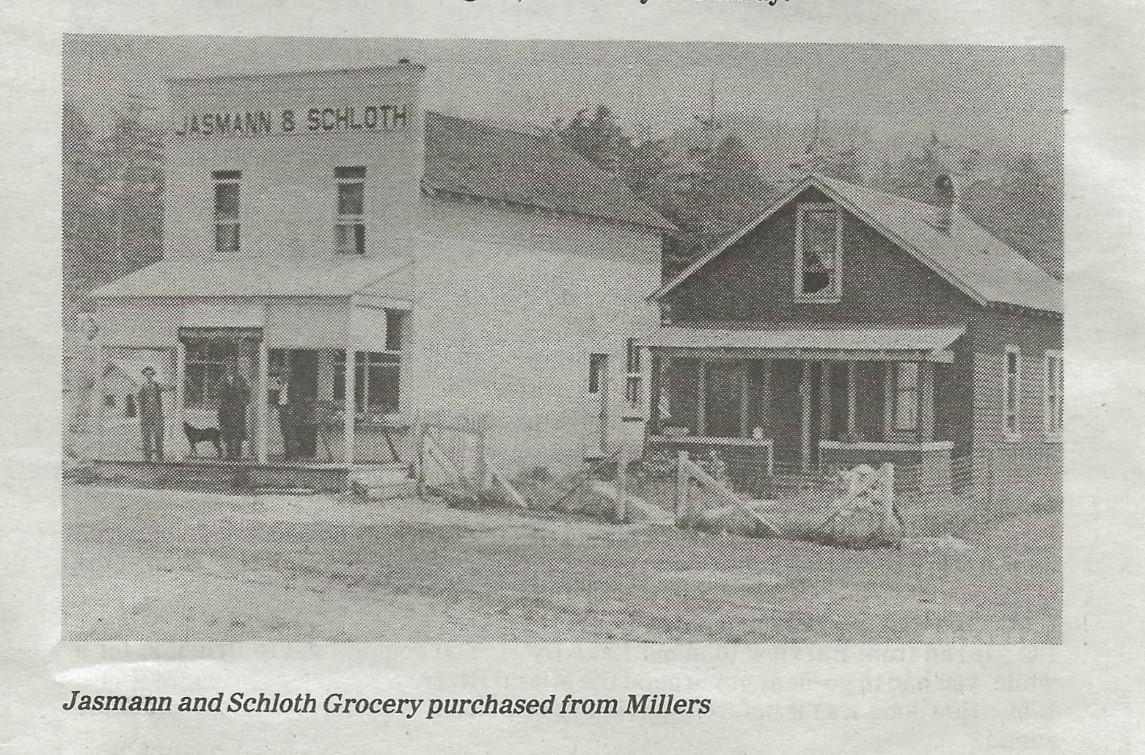 Miller built the first store in 1908 which was later purchased by Jasmann and Schloth. Products and grocery items were brought in either by the railroad or by the steamer Sue H. Elmore. | Trains and Tourism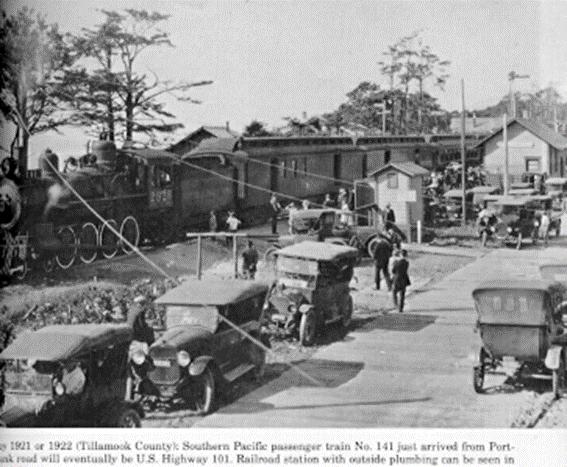 Train picture is most likely from 1926, the only year the Southern Pacific Railroad polished or burnished the wheels of the locomotives to give he appearance of white wheels. Ms. Walkers credits attribute a date of 1922 to the picture, but other historians insist on 1926 based on the wheels depicted. 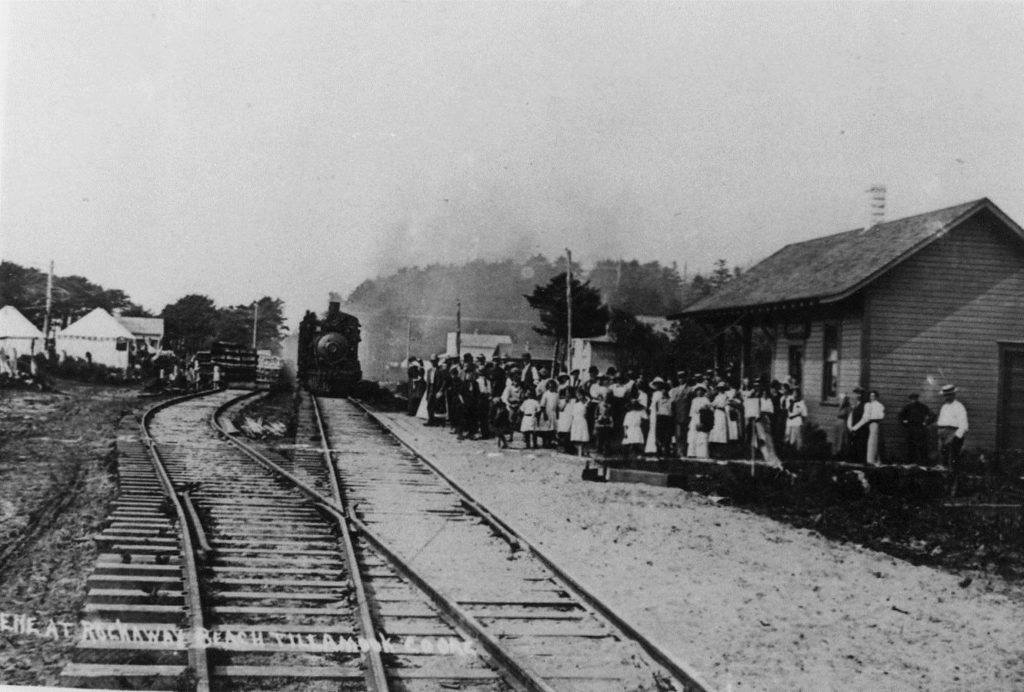 Railroad comes to Rockaway in 1911. Near where City Hall now stands. First train depot, 6 hour train trip from Portland brings tourists to Rockaway Beach, 1911. Rockaway Beach remains a tourist destination. brings tourists to Rockaway Beach, 1911.  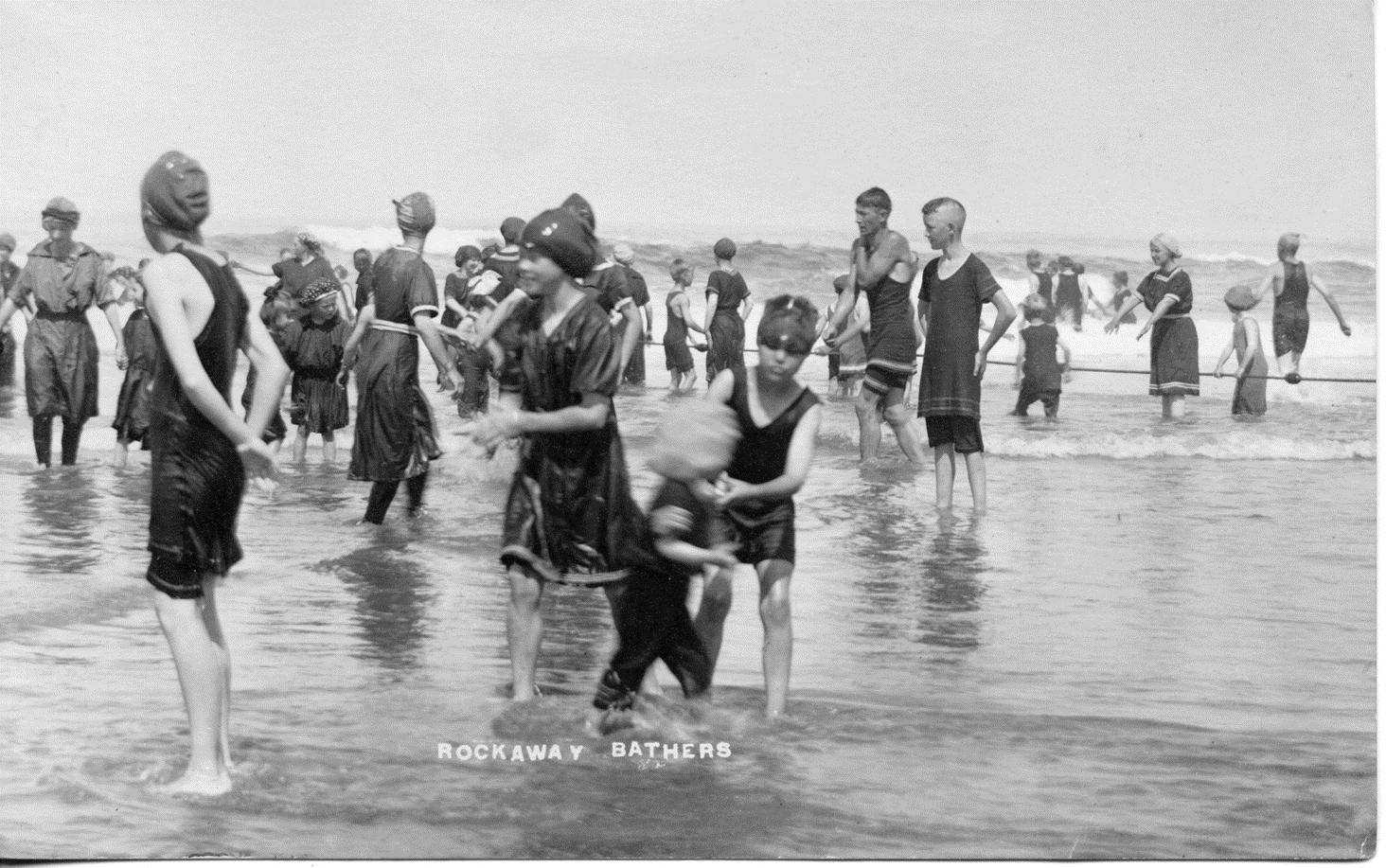 Bathers on the beach Circa 1911, note the Mohawk Haircut just to the right of center  Development begins; train depot was moved in 1912 to make room for development. Pictured car was known as the "skunk" traveling locally between Garibaldi, Rockaway and Wheeler 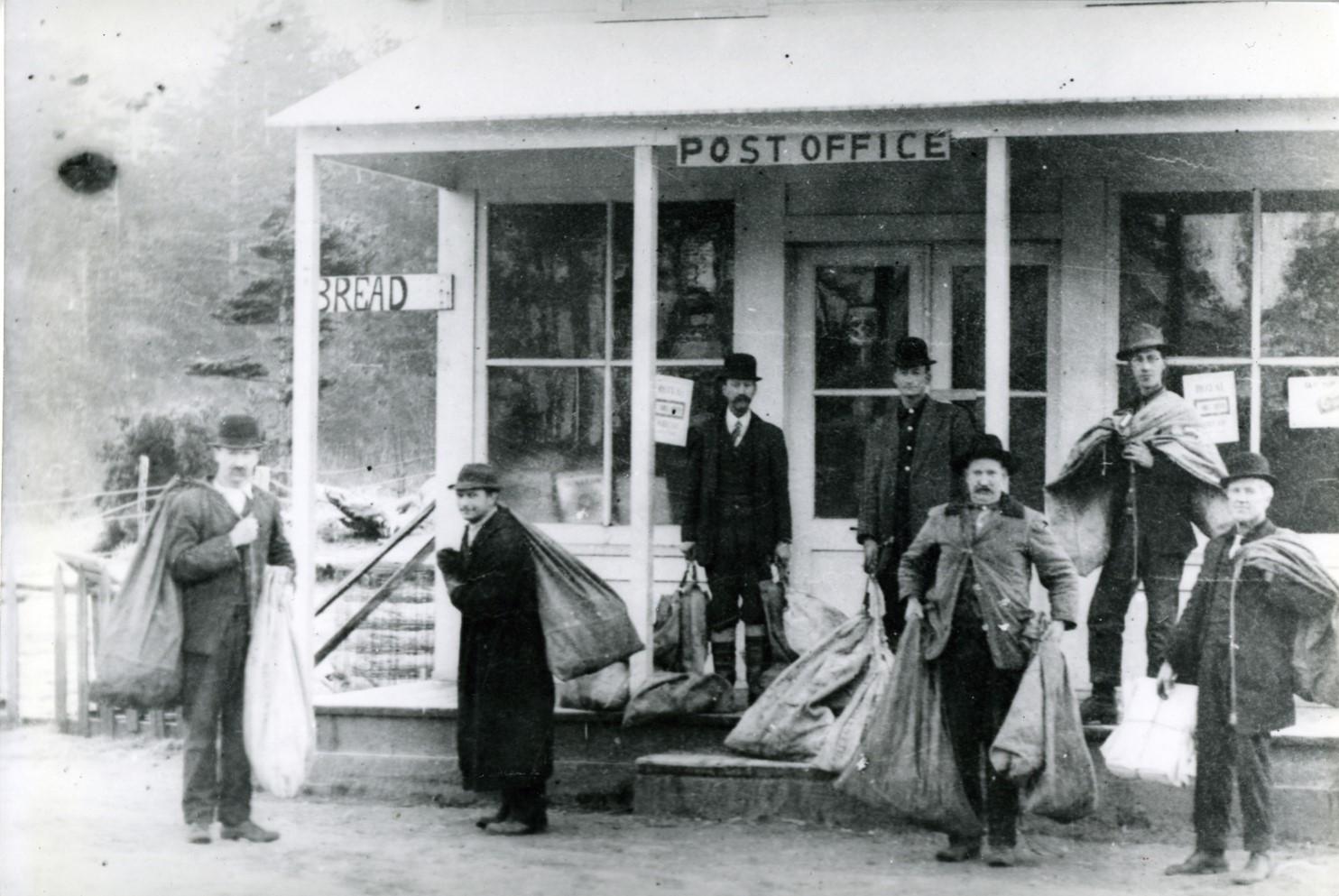 January, 1913: Rockaway mail delivery following 37 days of delay due to train track washouts. Holiday greetings arrived a little late that year. 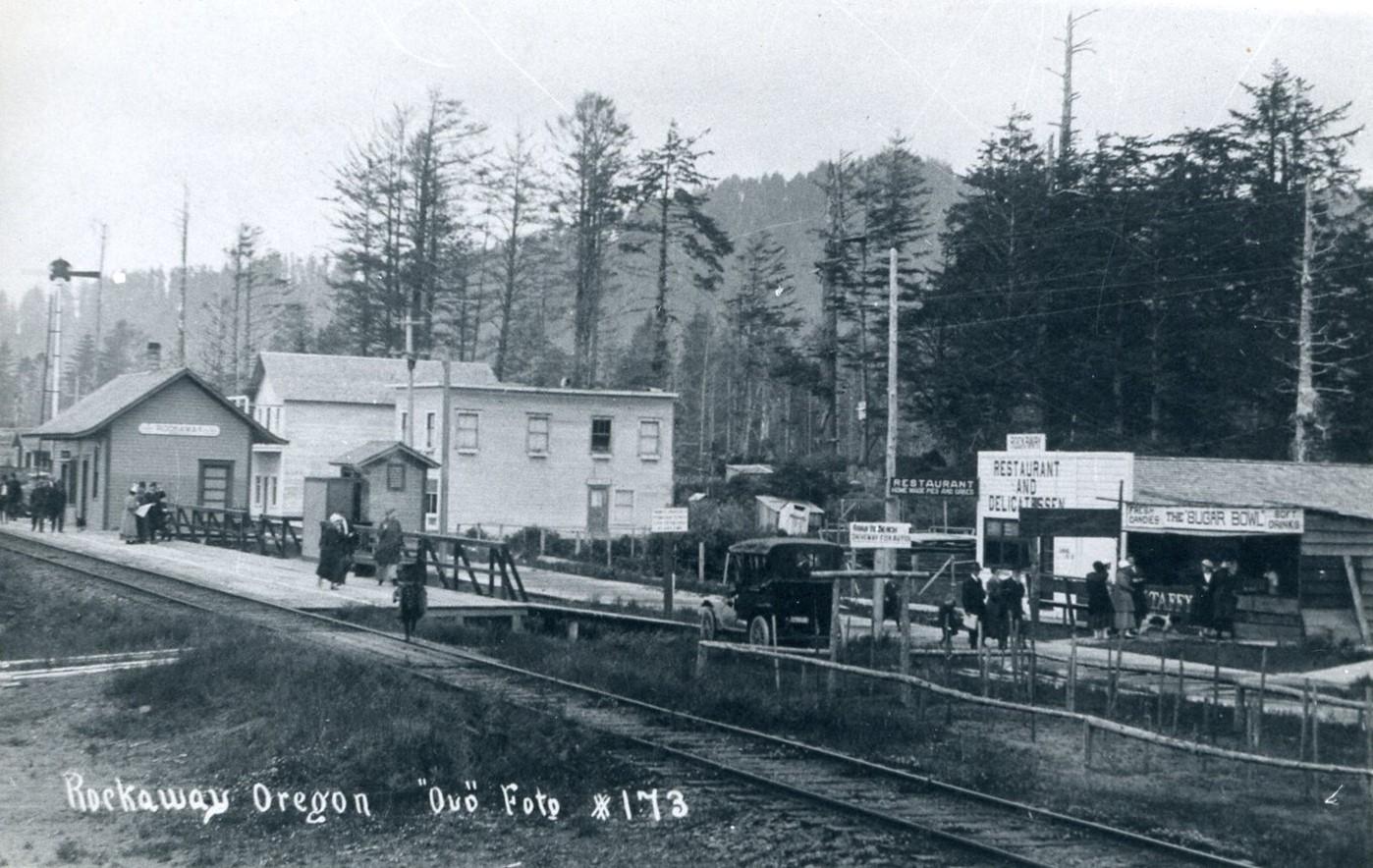 Also 1913, the Depot completed and showing the Fireside inn and Anderson House (Boarding) being built. | Fire and Rebuilding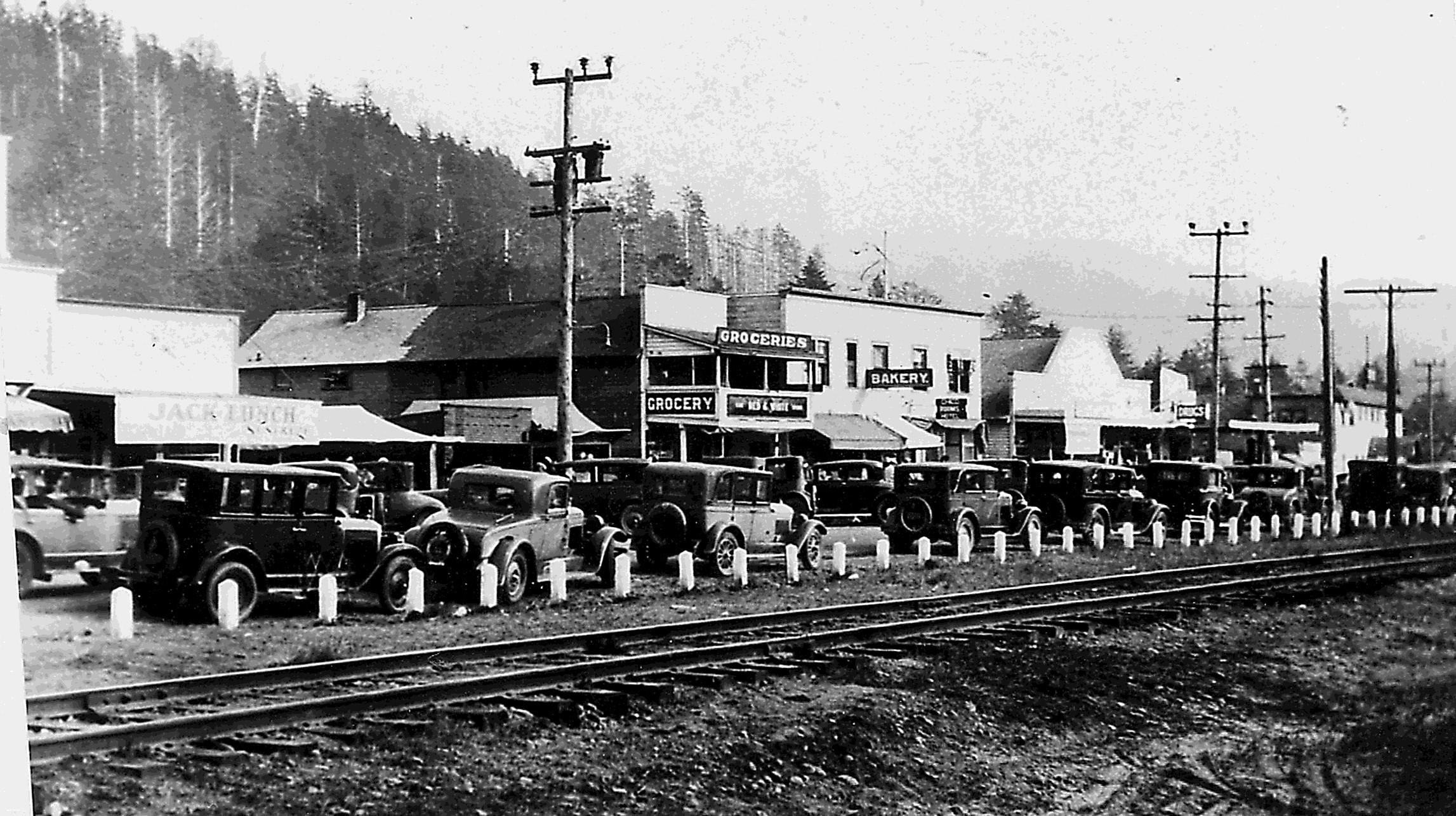 Fire destroyed the two blocks between what is now Nehalem and S. 2nd Streets in 1934. The fire was stopped by an open lot to the North and S. Second Street on the south, or right hand side of the picture.  | Rockaway Beach Today | We invite you to come visit Rockaway Beach. Enjoy beautiful beaches, parks, hotels and local shop owners to assist you.  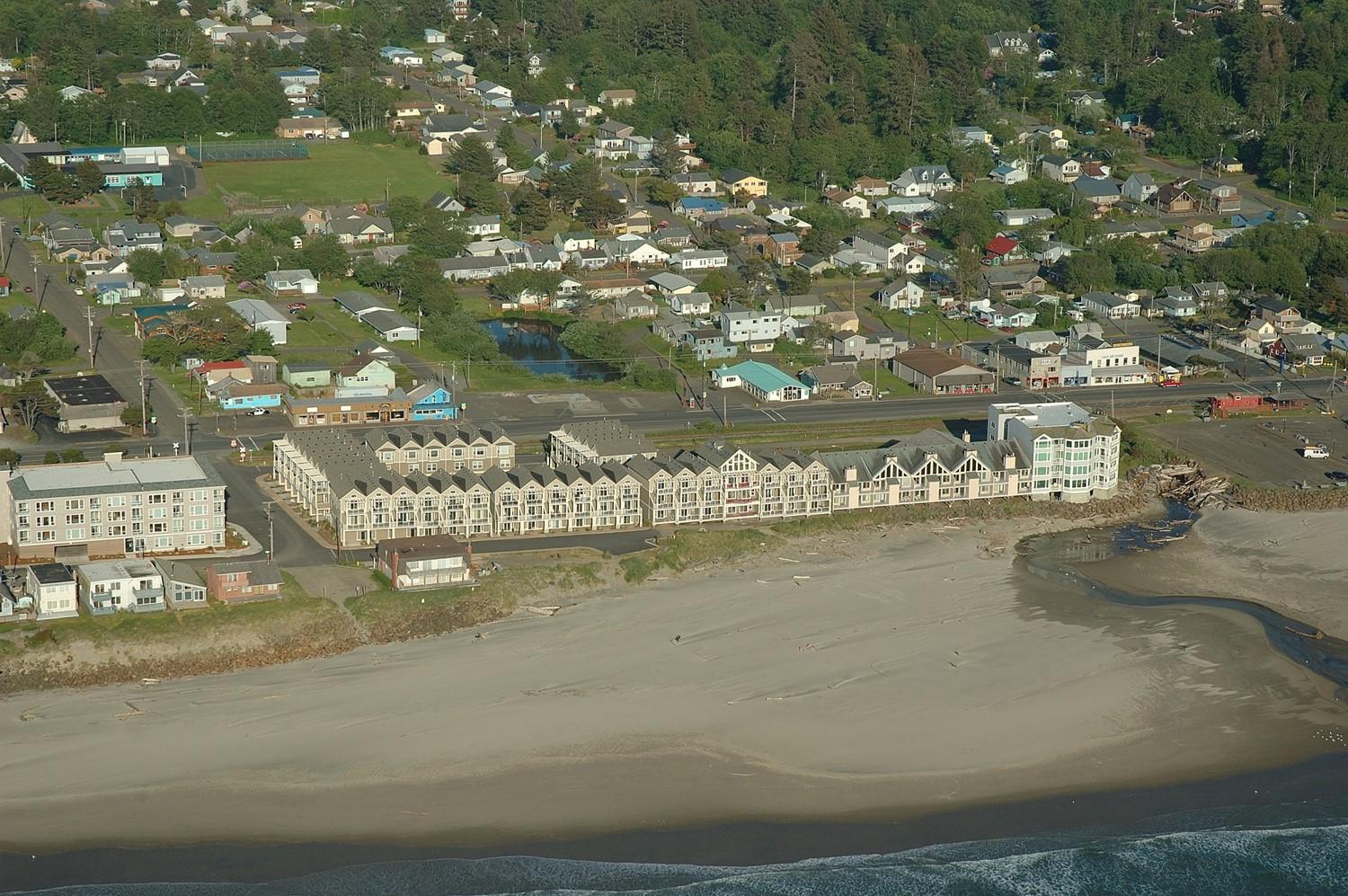 July 4 Parade, 1915 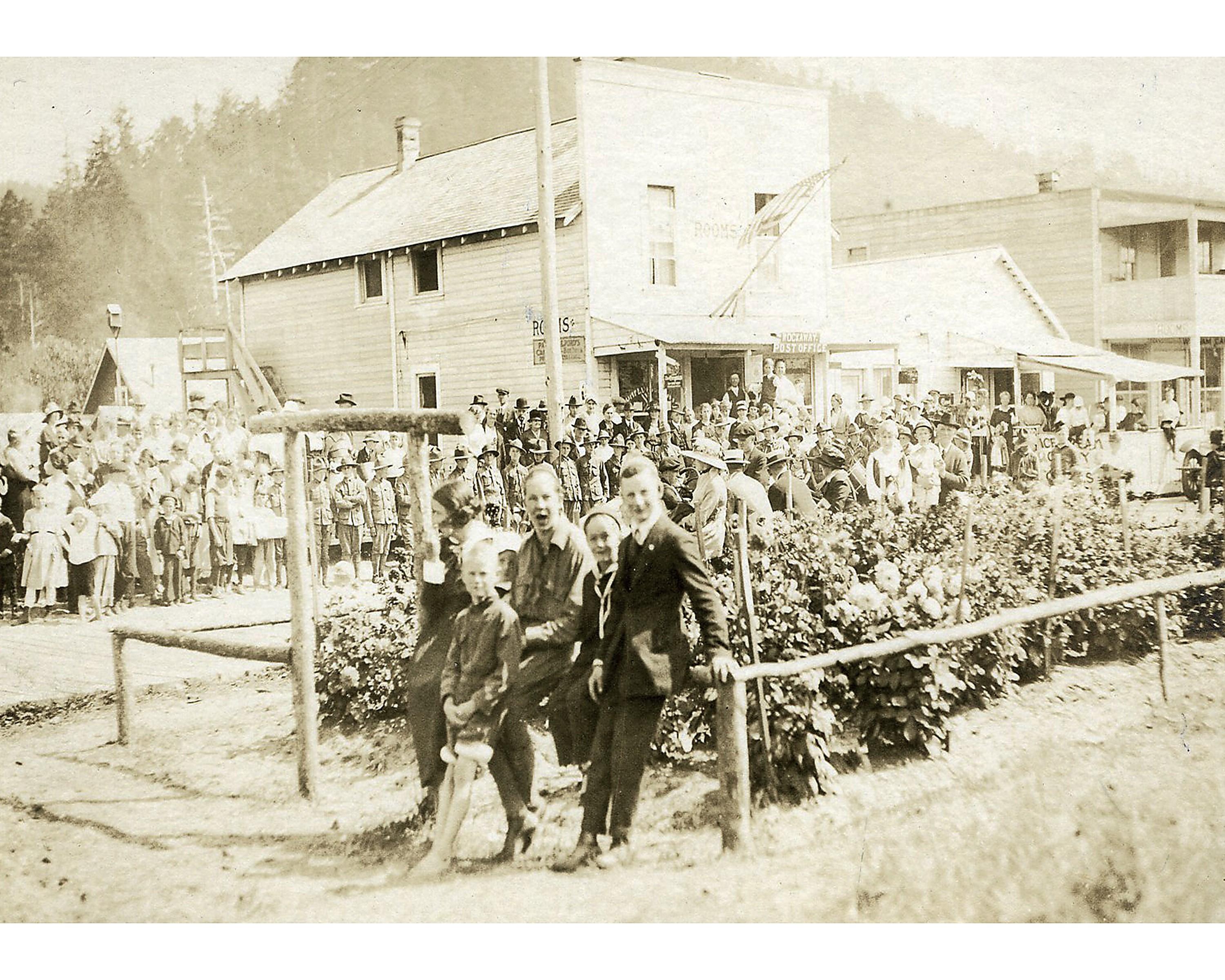 July 4 Parade, 1959 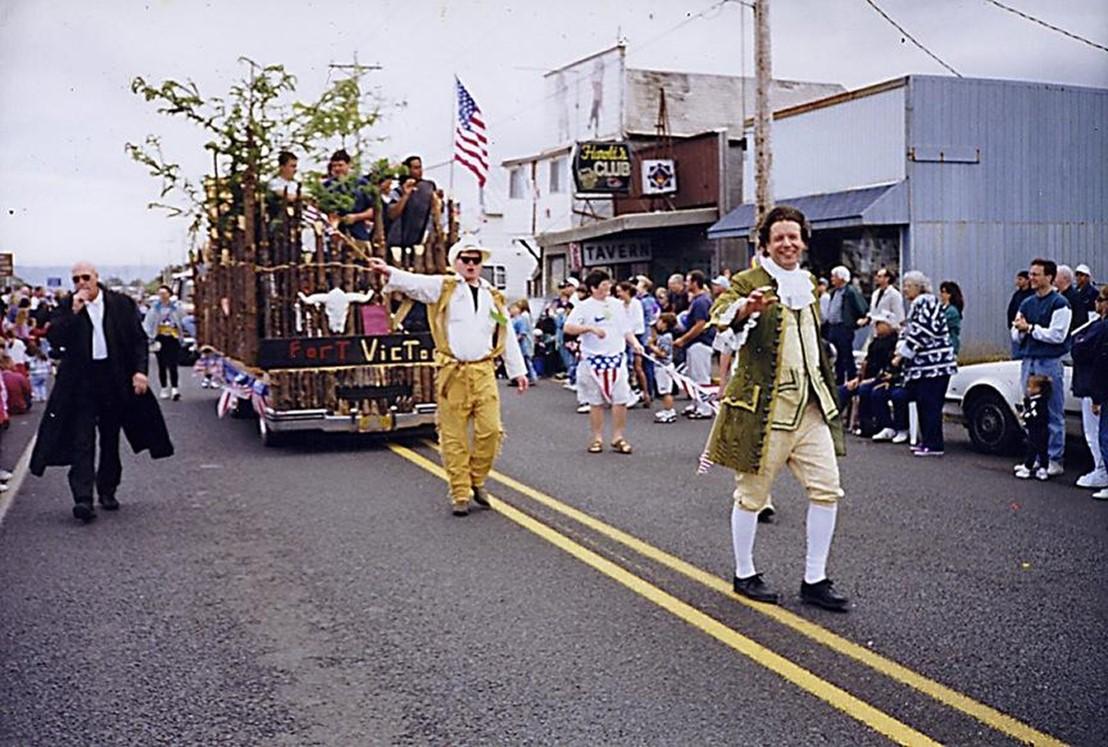 July 4 Parade, 2018 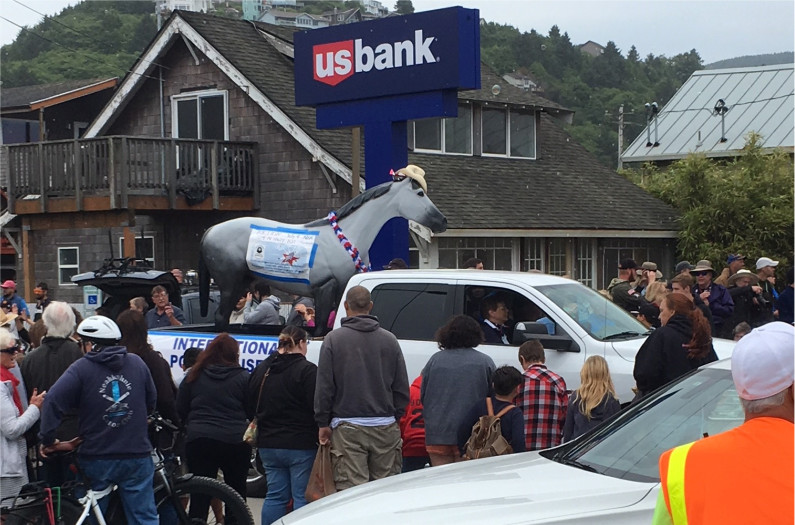 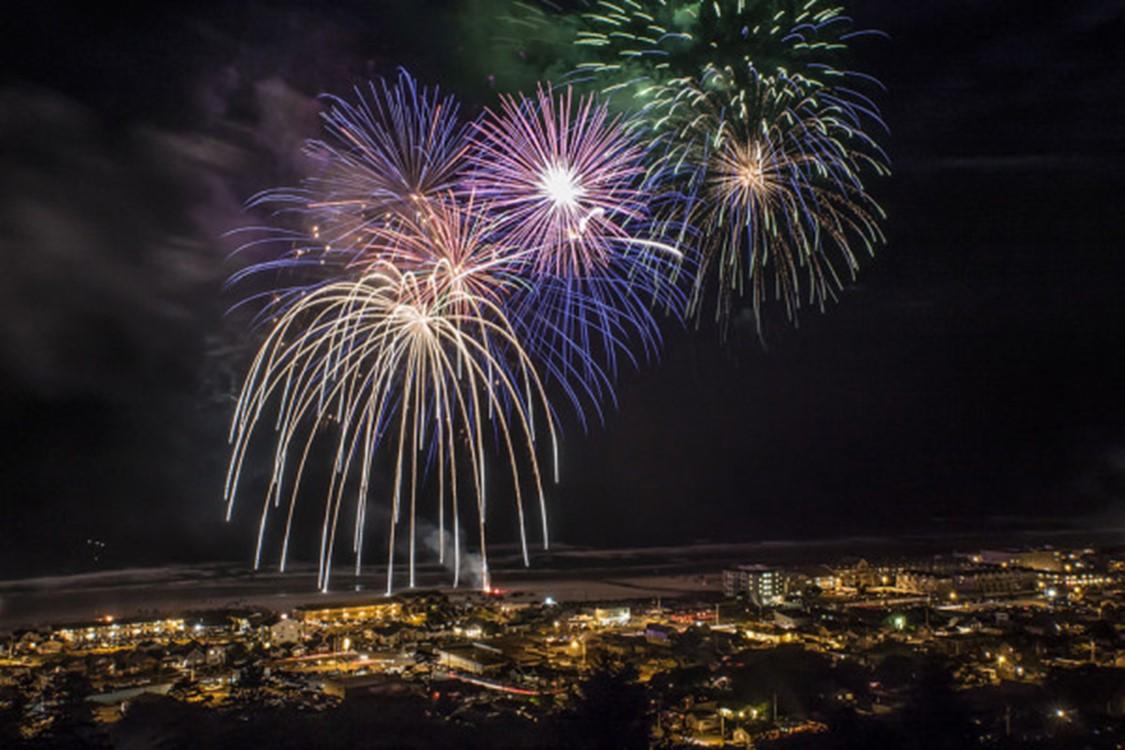 | Things to enjoy in and around Rockaway BeachPlay at the Pirate ship, fly a kite, or watch someone else fly one. Visit the Nature preserve or search for the Emily Reed, maybe ride the Oregon Coast Scenic Railroad train to Garibaldi. 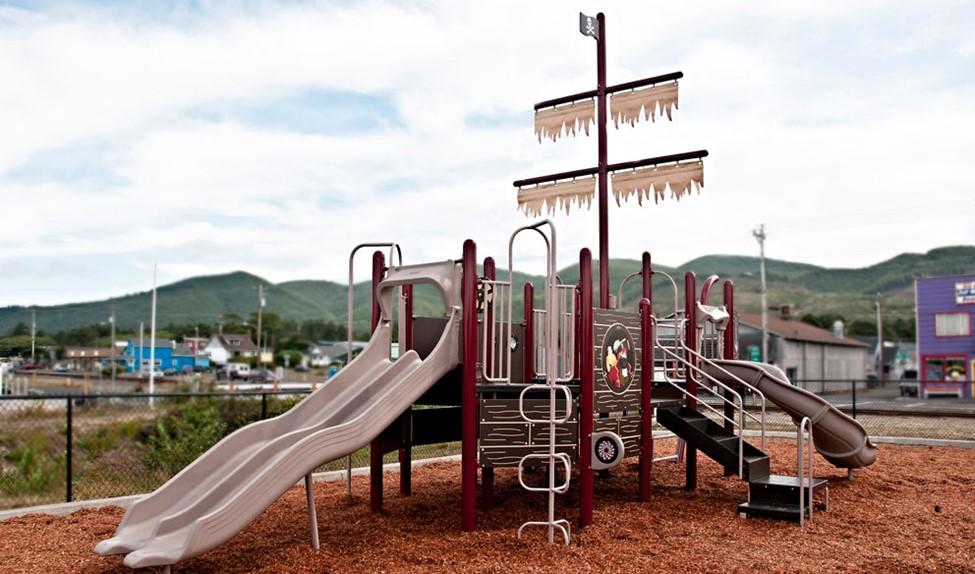  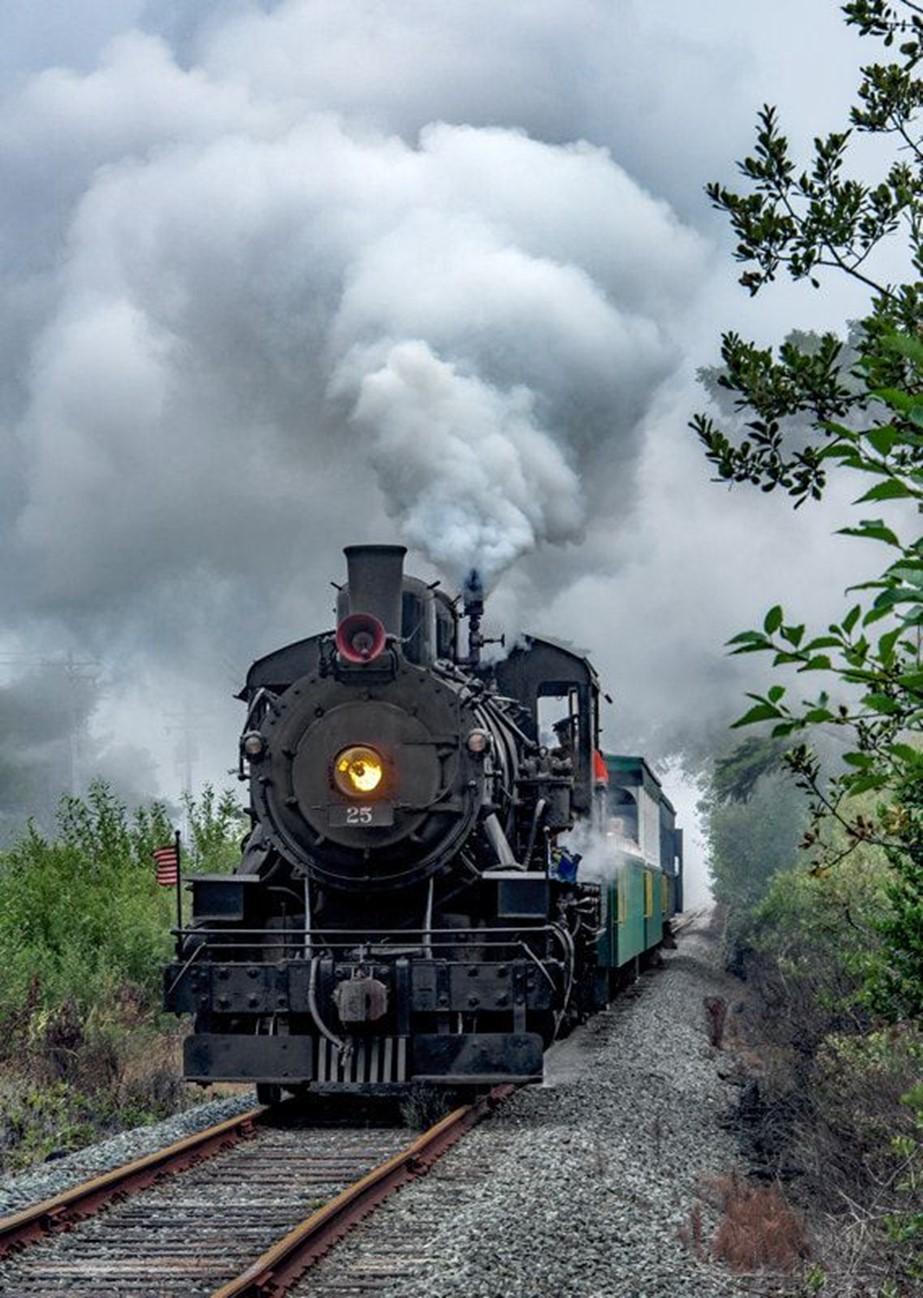 | Emily Reed ShipwreckWritten by Rockaway Beach Dec 20, 2016 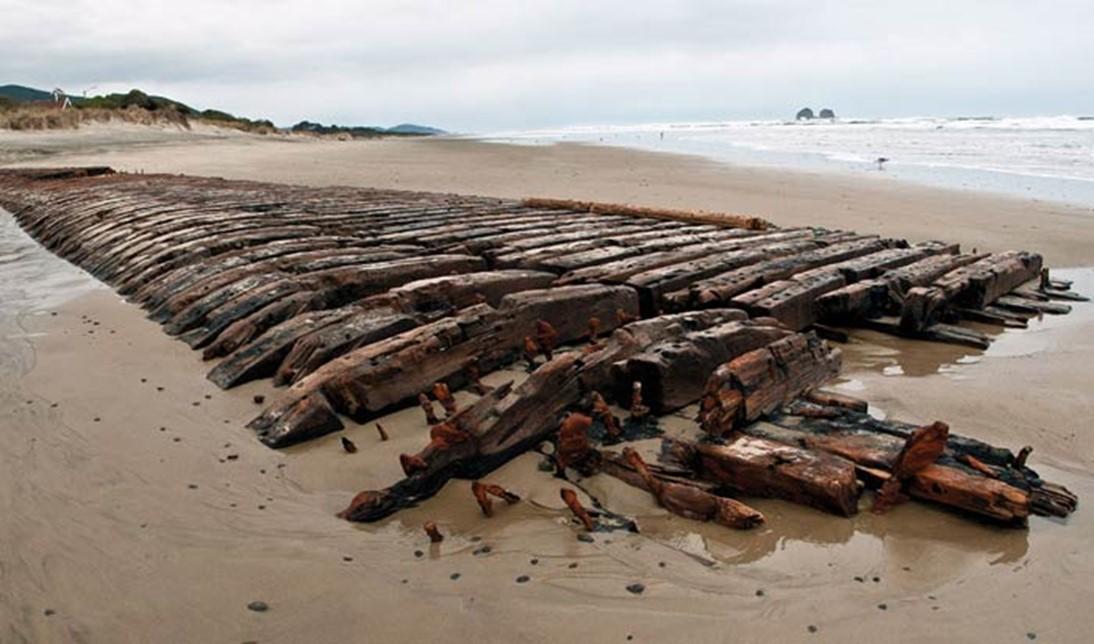 Every now and then the sands on the beach shift just right, revealing a shipwreck more than 100 years old. Only a few feet beneath the sand are the last remaining pieces of a harrowing shipwreck that claimed the lives of eight crewmen. The Emily G. Reed, a 215-foot sailing vessel, ran aground in 1908 on an unusually cloudy Valentine's Day morning after being out at sea for 102 days. It was headed for Portland from Newcastle, New South Wales, Australia. The Captain, his wife, and four crewmen managed to survive as the ship broke apart and swam ashore at low tide. Four other crewmen, not realizing how close to shore they were, climbed into a lifeboat and drifted north. Three of them were found 200 miles away; the fourth crewman had died. For several years, the remnants of the ship were a staple along the beach, until the shifting sands reclaimed them. Now, the Emily G. Reed only makes an appearance every few years, and one never knows how long it will stick around before descending back under neath the sands where it is kept safe from the weather. Photographs are encouraged, but taking any piece of the ship is strictly illegal. 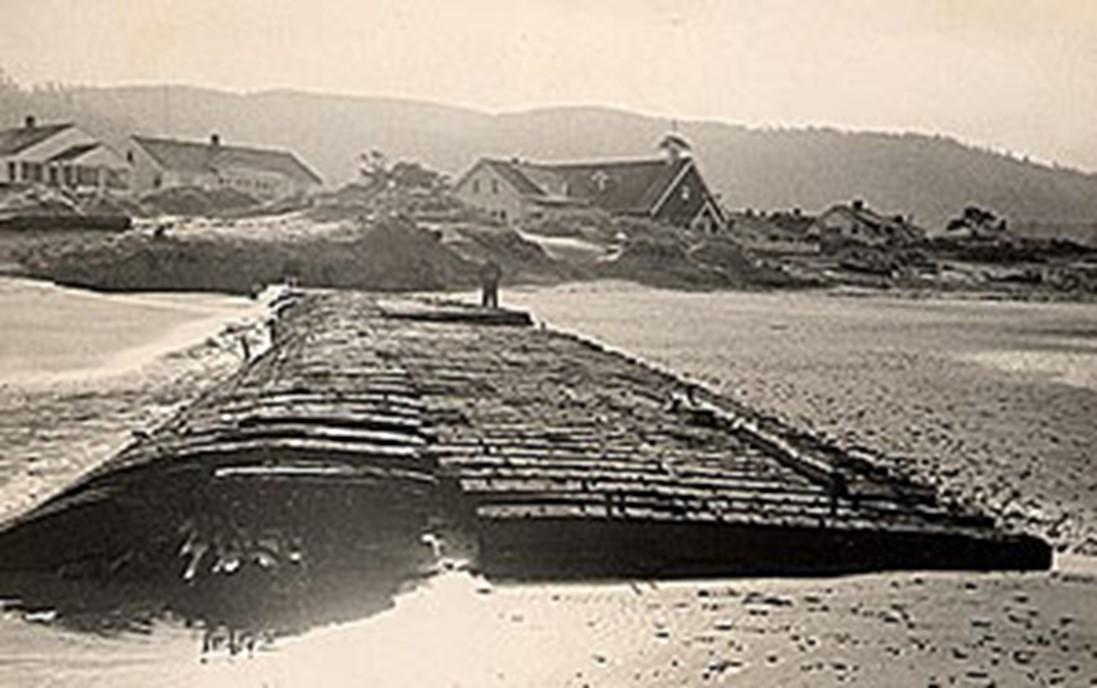 Early 1940 picture, with the Catholic Church in the background (S. 3rd Street). 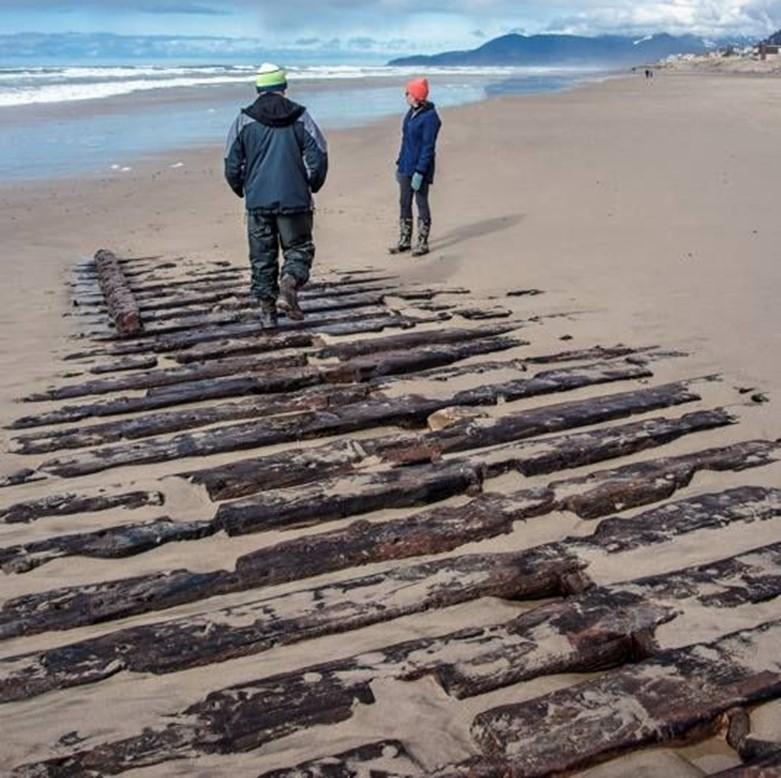 Tourists enjoying the emergence of the wreck in 2017. | Thank you for visiting the International Police Museum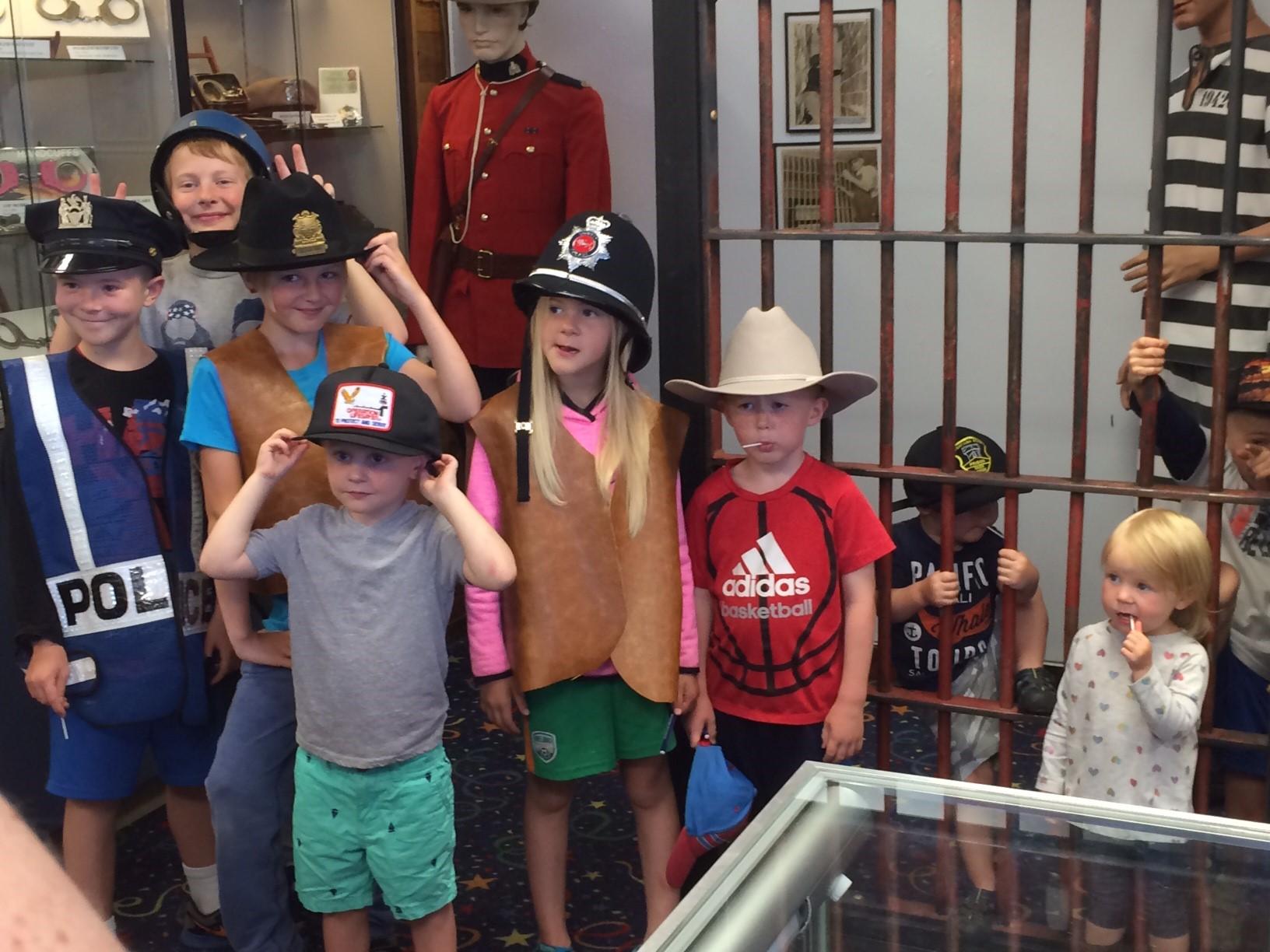 See the dramatic evolution of over 100 years of professional policing in America and around the world. Our mission is to collect, preserve, and exhibit police history, thereby fostering an appreciation, respect for, and understanding of, law enforcement through the demystification of police uniforms, methods, and equipment. See our ever changing and expanding exhibits, "It's not all guns and cuffs". The interactive area gives visitors the opportunity to try on hats and other items, examine their fingerprints and handle real handcuffs or jail bars. | Places to Eat or Have a Beverage | Thank You for VisitingThank you for making the City of Rockaway Beach one of the stops in your travels. We hope you have a great time while visiting us. International Police Museum gratefully acknowledged the assistance of Mr. Don Best, son of Lewis Best and grandson of Ed Best, one of the early Rockaway pioneers, in the presentation of this information. Don Best is a local photographer and historian. International Police Museum is grateful to the late Rosemary Walker who researched and wrote "Rockaway Memories" in 1982. | International Police Museum
Museum Location
320 S. Highway 101
Rockaway Beach, OR 97136
REGULAR HOURS
We are open Thursdays, Fridays, Saturdays, and Sundays from 10am to 4pm
We are also occasionally open on Mondays
WINTER HOURS
The Museum will move to winter hours Effective November 1.
Thursday 12pm to 4pm
Friday, Saturday 10am to 4pm
Sunday 10am to 2pm
We will close for the season on 12-22-2025 and reopen March 2026
Mailing Address
P.O. Box 165
Rockaway Beach, Oregon 97136
503-457-6056
info@internationalpolicemuseum.org
Copyright © 2022-2025 International Police Museum, All rights reserved
Web page design and hosting by Appaloosa
|
|
|

